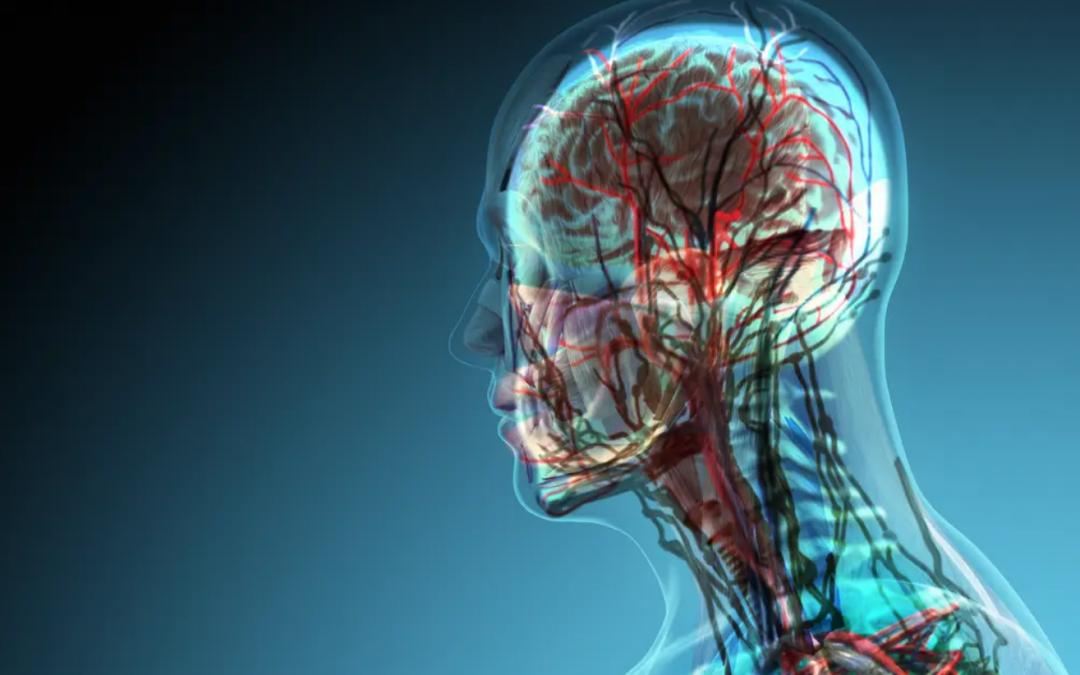Scientists Discover New Organ In The Center Of The Human Head
Medical researchers have made a shocking historical anatomical discovery by finding a new organ located at the center of the human head.
Medical researchers have made a shocking historical anatomical discovery by finding a new organ located at the center of the human head that has been lurking there all along.
The finding was reported in Radiotherapy and Oncology. Researchers discovered the organ by accident thanks to doctors in the Netherlands, who were examining 100 patients for prostate cancer while performing an advanced type of scan called PSMA PET/CT. This diagnostic process when paired with injections of radioactive glucose highlights tumors in the body.
However, in this case, the researchers found something else entirely, nestled in the rear of the nasopharynx. The nasopharynx functions as an airway in the respiratory system. Also contained within the nasopharynx are the adenoids, or pharyngeal tonsils.
The new organ looks to be a mysterious set of salivary glands that have been hidden inside the human head. How this was discovered in 2020, missed for centuries is unknown, but until now, the human body has had three major salivary glands — parotid, submandibular, and sublingual glands.
Now, we can add a fourth located behind the nose and above the palate, close to the center of the human head.
“The two new areas that lit up turned out to have other characteristics of salivary glands as well,” said one of the first author of the study, oral surgeon Matthijs Valstar from the University of Amsterdam.
“We call them tubarial glands, referring to their anatomical location [above the torus tubarius].”
These tubarial glands were seen to exist in the PSMA PET/CT scans of all the 100 patients, revealing visible draining duct openings towards the nasopharyngeal wall.
“To our knowledge, this structure did not fit prior anatomical descriptions,” the researchers explained in their paper.
It’s worth noting that there are an additional approximately 1,000 minor salivary glands situated throughout the oral cavity and the digestive tract. Although, these are not seen without a microscope according to Scientific Alert.
The researchers suggest the organ is found at a poorly accessible anatomical location under the skull base, which explains why it has been missed all of these centuries. The medical professionals note that it’s possible they may have noticed the duct openings, but it’s unlikely they would have realized the structures were apart of a larger gland system. But thanks to newer technology allowing advanced PSMA-PET/CT imaging techniques, seeing the macroscopical organ was possible.
The study needs to be replicated and validated. However, pathologist said that the team may be on to something and if it’s real it could change the way we view diseases in that region of the skull.
“If it’s real, it could change the way we look at disease in this region.”
Come Follow Us on Twitter – Come Like Us on Facebook
Check us out on Instagram – And Sign Up for our Newsletter




 themindunleashed.com
themindunleashed.com






